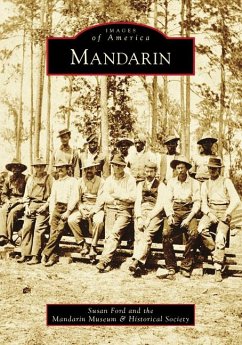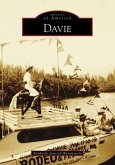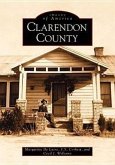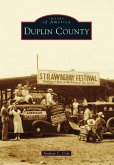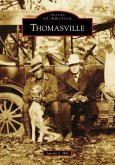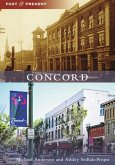This little village, called by some a paradise, had four names prior to Calvin Read naming it Mandarin for a type of citrus fruit in 1830. Until the freezes of the late 1800s, the citrus industry was the most important driver in the local economy. Timber, turpentine, and farming also provided income and work for families in the area. Mandarin has boasted several outstanding individuals, but one person stands out above the rest--Harriet Beecher Stowe. She and her husband, Calvin, bought property along the St. Johns River in 1867 and wintered there until 1884, making many positive impacts on the community, including the establishment of a school for Black and white children and an Episcopal church. In the 20th century, remarkable figures include Charles M. "Charlie" Brown, a famous potter and lifelong resident of Mandarin, and world-class pianist and composer Hans Barth.
Bitte wählen Sie Ihr Anliegen aus.
Rechnungen
Retourenschein anfordern
Bestellstatus
Storno

